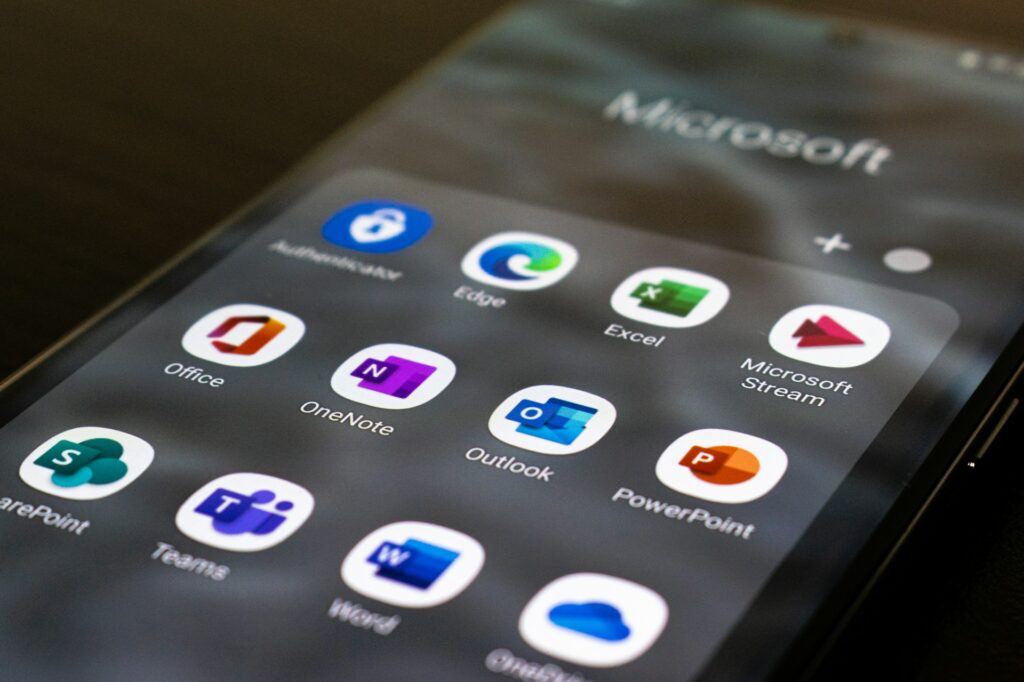Microsoft Word tables, charts, and images: how to insert and format?

Microsoft Word tables, charts, and images: how to insert and format?
Popular word processing software Microsoft Word lets you create and modify numerous documents. Inserting and formatting tables, charts, and pictures makes Word strong. These features organize, visualize, and improve data and information. Here’s how to insert and format tables, charts, and pictures in Microsoft Word.
1. Inserting tables
Use the Insert tab on the ribbon and select Table to insert a table in Word. Select Insert Table to adjust rows and columns or use a predetermined grid. You may also insert a table with Ctrl+T. Drag the handles or use the Ribbon’s Table Tools tabs to resize, align, and position a table. The Layout and Design tabs let you change table borders, shading, styles, and effects.
2. Insert charts
Use the Insert tab on the ribbon and select Chart to insert a chart in Word. Choose from column, line, pie, or bar charts. A dialog box lets you choose the chart style and data range. Excel’s modify Data button lets you modify data. After inserting a chart, drag the handles or use the Ribbon’s Chart Tools tabs to alter its size, alignment, and position. The Design and Format tabs let you change chart title, legend, axes, labels, and colors.
3. Insert images
Use the Insert tab on the ribbon and select Pictures to insert a picture in Word. Select a picture from your computer or internet sources. Ctrl+P may also insert an image. Drag the handles or use the Picture Tools tabs on the ribbon to resize, align, and position a picture. The Format tab lets you trim, rotate, resize, compress, and add effects to images.
4. Formatting tables
The Ribbon’s Table Tools tabs let you format a table in Word. Insert, remove, combine, divide, and resize cells, rows, and columns on the Layout tab. You may also adjust cell text direction, alignment, and distribution. The Design tab lets you change table designs, colors, and effects. You may construct your own table style by adjusting header row, first column, final row, last column, and banded rows or columns.
5. Formatting charts
The Ribbon’s Chart Tools tabs let you format a chart in Word. The Design tab lets you alter chart type, layout, style, and data. You may transfer the chart to another sheet or place. You may modify the shape, fill, outline, and effects of plot area, series, data points, and data labels under the Format tab. You may also customize element formatting in the Format Selection window.
6. Formatting images
The Ribbon’s Picture Tools tabs let you format images in Word. The Format tab lets you cut, rotate, resize, compress, and edit images. Images may be edited with creative effects, edits, color, and borders. For additional freedom and creativity, utilize the Picture Layout option to turn the picture to a SmartArt graphic. The Wrap Text button changes how text flows around the picture.







